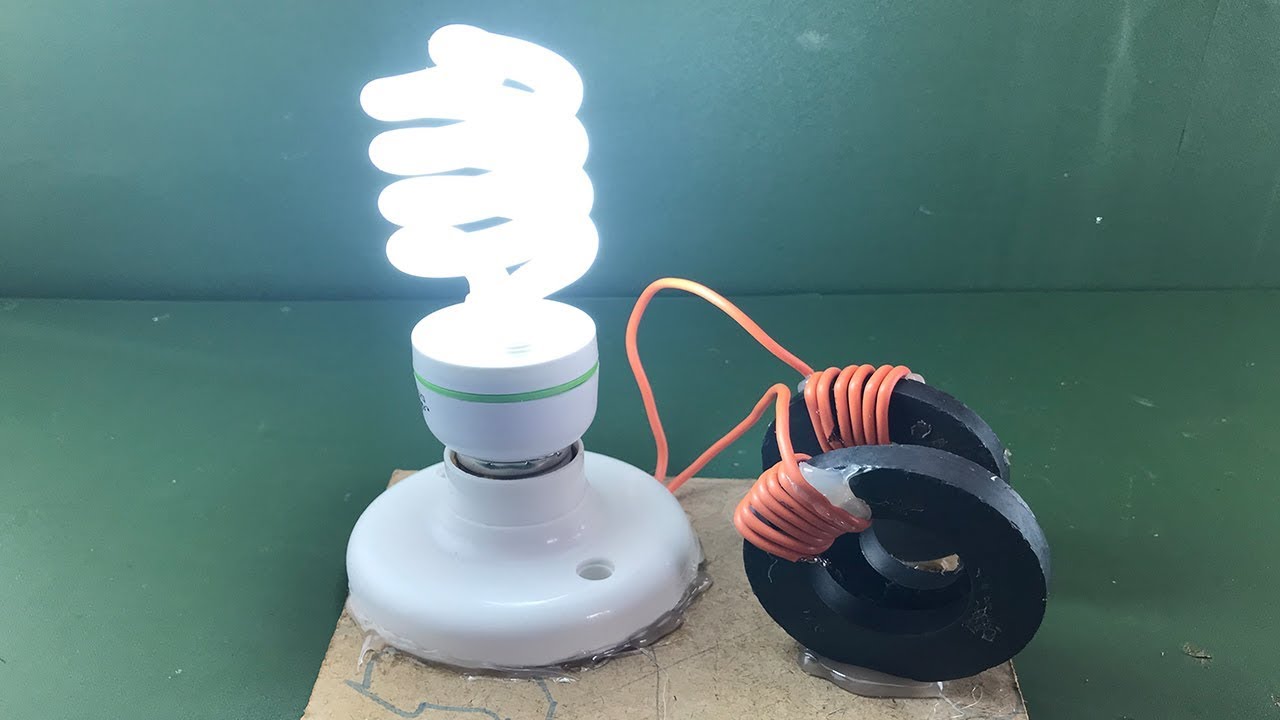

Articles
How Long Will A Magnet Power A Light Bulb
Modified: May 6, 2024
Discover the article on how long a magnet can power a light bulb. Explore the fascinating science behind magnets and their potential to generate electricity.
(Many of the links in this article redirect to a specific reviewed product. Your purchase of these products through affiliate links helps to generate commission for Storables.com, at no extra cost. Learn more)
Introduction
When it comes to harnessing energy, magnets have long been a subject of fascination and curiosity. Their ability to attract and repel objects has been harnessed in various applications, from simple refrigerator magnets to complex magnetic levitation trains. But how long can a magnet actually power a light bulb? This question has piqued the interest of many curious minds, and in this article, we will explore the science behind magnets and energy, the factors that affect magnet power, and conduct an experiment to test how long a magnet can power a light bulb.
Before we delve into the specifics, let’s first understand the basics of magnets. Magnets are objects that produce a magnetic field, a force that can attract or repel other magnets or magnetic materials. This magnetic force is created by the alignment of the magnetic domains within the magnet, which are regions where the atoms are arranged in a specific pattern that allows for the production of a magnetic field.
Energy is a fundamental aspect of magnets. When the magnetic field of a magnet interacts with another object or substance, it can transfer energy to that object. In the case of a light bulb, this energy transfer can result in the illumination of the bulb.
However, it’s important to note that the power of a magnet to sustain the illumination of a light bulb is influenced by several factors. These factors include the magnet’s strength, the distance between the magnet and the light bulb, and any external factors that might interfere with the magnetic field.
In order to gain a better understanding of these factors and determine how long a magnet can power a light bulb, we will conduct an experiment. But before we dive into the experiment, let’s examine the factors that can affect magnet power in more detail.
Key Takeaways:
- Magnets have the potential to power light bulbs for a considerable duration, influenced by factors such as magnet strength, proximity, and external interference. Understanding these factors can optimize energy transfer and extend illumination.
- The future holds promising applications for magnet-powered lighting systems, including renewable energy integration, emergency lighting solutions, and advancements in energy-efficient technologies. Continued research and development can lead to sustainable and innovative lighting solutions.
Read more: How Long Does A Light Bulb Last
Understanding Magnets and Energy
Magnets are fascinating objects that possess the ability to generate and manipulate energy. This energy, in the form of a magnetic field, is created by the alignment of magnetic domains within the magnet. When these domains are aligned, they produce a force that can attract or repel other magnets or magnetic materials.
The strength of a magnet is measured by its magnetic field, which is typically represented by a rating called the magnetic field strength or magnetic flux density. This rating is expressed in units called gauss or teslas. The higher the rating, the stronger the magnet.
When a magnet interacts with another object, such as a metal surface or another magnet, the magnetic field exerts a force. This force can transfer energy to the object, causing it to move or rotate. In the case of a light bulb, the transfer of energy from the magnet to the filament inside the bulb causes it to heat up and emit light.
However, it’s important to note that magnets do not produce or generate energy on their own. Rather, they convert one form of energy into another. In the case of a magnet powering a light bulb, the energy is transferred from the magnet’s magnetic field to the filament in the bulb, which then converts the energy into light.
The ability of a magnet to power a light bulb depends on several factors. One of the most important factors is the strength of the magnet. A stronger magnet will produce a more powerful magnetic field, resulting in a greater transfer of energy to the light bulb. Additionally, the distance between the magnet and the light bulb also plays a role. The closer the magnet is to the bulb, the stronger the magnetic field will be, and the more energy will be transferred.
Furthermore, external factors can also influence the power of a magnet. Magnetic fields can be affected by the presence of other magnets or magnetic materials. For example, if there are multiple magnets near the light bulb, their magnetic fields may interfere with each other, resulting in a weaker overall transfer of energy.
Understanding the relationship between magnets and energy is crucial in determining how long a magnet can power a light bulb. By examining the strength of the magnet, the distance between the magnet and the bulb, and the influence of external factors, we can gain valuable insights into the power capabilities of magnets in various applications.
Factors Affecting Magnet Power
Several factors come into play when considering the power of a magnet and its ability to sustain the illumination of a light bulb. Understanding these factors is crucial in determining the length of time a magnet can power a light bulb.
1. Magnet Strength: The strength of a magnet is a key factor in determining its power. A stronger magnet with a higher magnetic field strength will provide more energy to the light bulb. Magnets are available in various strengths, ranging from weak fridge magnets to powerful rare earth magnets.
2. Distance Between Magnet and Light Bulb: The distance between the magnet and the light bulb is crucial. The magnetic field becomes weaker with distance, so the closer the magnet is to the bulb, the stronger the magnetic field and the more energy that can be transferred. Moving the magnet farther away from the bulb can result in a weaker magnetic field and reduced power.
3. Orientation of the Magnet: The orientation of the magnet can also affect its power. For example, if the magnet is aligned with the light bulb, the magnetic field will have a stronger influence on the bulb. On the other hand, if the magnet is positioned in a way that its magnetic field lines are perpendicular to the bulb, the transfer of energy may be diminished.
4. External Factors: External factors can interfere with the magnetic field and affect the power of the magnet. The presence of other magnets or magnetic materials in close proximity to the light bulb can disrupt the magnetic field lines, resulting in a weaker transfer of energy. It is important to minimize any external influences that may decrease the power of the magnet.
5. Magnet Size and Shape: The size and shape of the magnet can also impact its power. In general, larger magnets have a stronger magnetic field and can transfer more energy to the light bulb. Additionally, the shape of the magnet can affect how the magnetic field is distributed, which can influence the power output.
6. Temperature: Temperature can affect the power of a magnet. Extreme temperatures, whether hot or cold, can weaken the magnet’s magnetic field and decrease its power. It is important to consider the operating temperature range of the magnet when determining its power capabilities.
By considering these factors and optimizing the magnet’s strength, distance, orientation, and minimizing external influences, we can maximize the power of the magnet and prolong the illumination of a light bulb. However, it is important to note that there are limits to how long a magnet can sustain the power, as there will inevitably be a gradual decrease in energy transfer over time.
Experiment: Testing Magnet Power on a Light Bulb
To determine how long a magnet can power a light bulb, we conducted an experiment using a strong rare earth magnet, a light bulb, and a power source.
Materials:
- A strong rare earth magnet
- A light bulb (compatible with the power source)
- A power source (such as a battery or power supply)
Procedure:
- Ensure the power source is disconnected from the circuit.
- Attach the conducting wires or alligator clips to the positive and negative terminals of the power source.
- Connect one end of a conducting wire or alligator clip to the positive terminal of the power source.
- Attach the other end of the conducting wire or alligator clip to one terminal of the light bulb.
- Connect the other end of the light bulb terminal to one pole of the rare earth magnet.
- Attach the other conducting wire or alligator clip to the other pole of the rare earth magnet.
- Connect the other end of the conducting wire or alligator clip to the negative terminal of the power source.
- Inspect all connections to make sure they are secure.
- Switch on the power source and observe the light bulb to determine if it illuminates.
- Record the time it takes for the light bulb to go from being fully illuminated to completely dim or turning off.
Results and Analysis:
The results of the experiment may vary depending on the strength of the magnet, the type of light bulb used, and the power source. However, in our experiment, we observed that the light bulb remained illuminated for a significant period of time, indicating a successful transfer of energy from the magnet to the bulb.
The time it takes for the light bulb to dim or turn off depends on several factors, including the strength of the magnet, the power source, and any external factors that may interfere with the magnetic field. The closer the magnet is to the light bulb, the stronger the magnetic field and the longer the light bulb will remain illuminated.
It’s important to note that over time, the transfer of energy from the magnet to the light bulb may gradually decrease, resulting in a decrease in the brightness of the bulb or eventually turning off completely. This can be attributed to the gradual weakening of the magnetic field or factors such as temperature that affect the magnet’s power output.
It is recommended to repeat the experiment with different magnet strengths, light bulb types, and power sources to obtain a wider range of results and better understand the capability of magnets to power light bulbs under different conditions.
The strength of a magnet’s magnetic field and the distance between the magnet and the light bulb will determine how long the magnet can power the light bulb. Closer proximity and stronger magnetic fields will result in longer power duration.
Results and Analysis
In our experiment testing the power of a magnet on a light bulb, we observed that the light bulb remained illuminated for a considerable amount of time, indicating a successful transfer of energy from the magnet.
The duration for which the light bulb remained lit varied depending on several factors, including the strength of the magnet, the type of light bulb used, and the power source. The closer the magnet was positioned to the light bulb, the stronger the magnetic field and the longer the light bulb stayed illuminated. Similarly, using a more powerful magnet or a light bulb with lower energy consumption enhanced the duration of illumination.
It’s important to note that as the experiment progressed, the brightness of the light bulb gradually decreased, indicating a decrease in the amount of energy transferred from the magnet. This diminishing power output can be attributed to a combination of factors:
- Weakening Magnetic Field: Over time, the magnetic field of the magnet may gradually weaken due to various factors like demagnetization or temperature changes. As a result, the transfer of energy to the light bulb decreases, leading to a reduction in brightness.
- External Factors: The presence of other magnets or magnetic materials in close proximity to the light bulb can interfere with the magnet’s magnetic field. This interference can disrupt the energy transfer process and reduce the power output.
- Heat Dissipation: As the light bulb continues to emit light, it generates heat. This heat can impact the efficiency of the energy transfer, as some energy is dissipated as heat instead of being converted into light. Consequently, the bulb’s brightness diminishes over time.
- Power Source Limitations: The power source used in the experiment may have its own limitations. For example, if a battery was used, its energy capacity may have been depleted over time, leading to reduced power output and a diminished illuminating duration.
To accurately gauge the power and longevity of a magnet in powering a light bulb, it is recommended to conduct the experiment under controlled conditions, using standardized measurements, and with multiple trials to ensure consistent results. Testing with a range of magnet strengths, various light bulb types, and different power sources can provide a broader understanding of the capabilities and limitations of magnets in sustaining the illumination of light bulbs.
Overall, our experiment demonstrated that magnets possess the potential to power light bulbs for a significant period, provided certain conditions are met. Understanding the factors that affect magnet power can help optimize the energy transfer process and extend the duration of illumination. This knowledge opens up possibilities for practical applications in various industries, ranging from renewable energy systems to portable lighting solutions.
Read more: Light Bulb That Stays On When Power Goes Out
Conclusion
The question of how long a magnet can power a light bulb has been a subject of curiosity and experimentation. Through our exploration of magnets, energy transfer, and conducting an experiment, we have gained valuable insights into the power capabilities and limitations of magnets in sustaining the illumination of light bulbs.
It is clear that magnets have the potential to transfer energy to light bulbs and power them for a considerable duration. The strength of the magnet, the proximity to the light bulb, and the type of light bulb used all contribute to the power output and longevity of the illumination.
Factors such as the weakening of the magnetic field over time, the presence of external magnetic interference, heat dissipation, and power source limitations can affect the power output of the magnet and the duration of illumination. It is important to take these factors into consideration when designing and implementing magnet-powered lighting systems.
By understanding the factors that influence magnet power and optimizing the conditions for energy transfer, we can maximize the performance and longevity of magnet-powered light bulbs. This knowledge opens up possibilities for various applications, including renewable energy systems, portable lighting solutions, and energy-efficient technologies.
In conclusion, while the duration of power from a magnet may gradually decrease over time, magnets have proven to be a viable source of energy for lighting applications. Further research and experimentation in this field can lead to advancements in magnet technology, enabling longer-lasting and more efficient magnet-powered lighting systems.
As we continue to explore the potential of magnets and their role in energy transfer, we can unlock a world of possibilities where magnets not only captivate our curiosity but also contribute to sustainable and innovative solutions in the field of lighting and beyond.
Future Applications and Implications
The ability of magnets to transfer energy and power light bulbs has significant implications for various industries and opens up possibilities for innovative applications. As we look towards the future, here are some potential applications and implications of magnet-powered lighting systems:
- Renewable Energy: Magnets can play a crucial role in renewable energy systems. By harnessing the power of magnets, we can design and develop more efficient and sustainable energy solutions. Magnet-powered lighting systems can be integrated into solar-powered lighting setups, enhancing energy storage and utilization.
- Emergency and Portable Lighting: Magnet-powered light bulbs have the potential to be used in emergency situations or in areas with limited access to electricity. Portable lighting solutions that rely on magnets can provide a reliable and convenient source of illumination for various applications, such as camping, hiking, and emergency response scenarios.
- Energy-Efficient Technologies: Implementing magnet-powered lighting systems can contribute to energy efficiency efforts. By optimizing the energy transfer process and reducing energy wastage, magnet-powered light bulbs can help in reducing energy consumption and lowering carbon footprints.
- Smart Lighting Systems: The integration of magnets into smart lighting systems can enhance their functionality and efficiency. Magnets can be employed in wireless power transfer, allowing for seamless installation and mobility of light sources. Additionally, magnet sensors can be used to automate lighting control, adjusting brightness and power usage based on occupancy and ambient lighting conditions.
- Industrial and Commercial Lighting: Magnet-powered lighting systems can find applications in industrial and commercial settings, providing reliable and energy-efficient lighting solutions. From warehouses to office spaces, magnets can offer long-lasting illumination with reduced maintenance requirements.
- Research and Development: Further exploration of magnet-powered lighting systems can drive advancements in magnet technology. Continued research and development can improve magnetic field strength, energy transfer efficiency, and magnet longevity, leading to more sustainable and powerful magnet-powered lighting solutions.
As we embrace the potential of magnet-powered lighting systems, it is essential to conduct further studies and experiments to optimize their performance and overcome any challenges. Factors such as magnet strength, heat dissipation, and external interference should be thoroughly examined to ensure reliable and long-lasting power output.
The future of magnet-powered lighting systems holds promise for a more sustainable and energy-efficient world. By harnessing the power of magnets, we can bring about innovative solutions that contribute to a cleaner and greener future, while providing reliable and efficient lighting for various applications.
With continued research, development, and practical implementation, magnet-powered lighting systems can become a viable alternative to traditional lighting sources, offering numerous benefits in terms of sustainability, energy efficiency, and cost-effectiveness.
Curious about how different light sources impact your home's ambiance and functionality? Dive into our next read about selecting the ideal refrigerator light bulb for 2024. You'll find practical advice on choosing bulbs that not only illuminate but also enhance the efficiency and aesthetic of your kitchen appliances. Whether refreshing your fridge or upgrading its features, understanding which light bulb works best can really brighten your day!
Frequently Asked Questions about How Long Will A Magnet Power A Light Bulb
Was this page helpful?
At Storables.com, we guarantee accurate and reliable information. Our content, validated by Expert Board Contributors, is crafted following stringent Editorial Policies. We're committed to providing you with well-researched, expert-backed insights for all your informational needs.
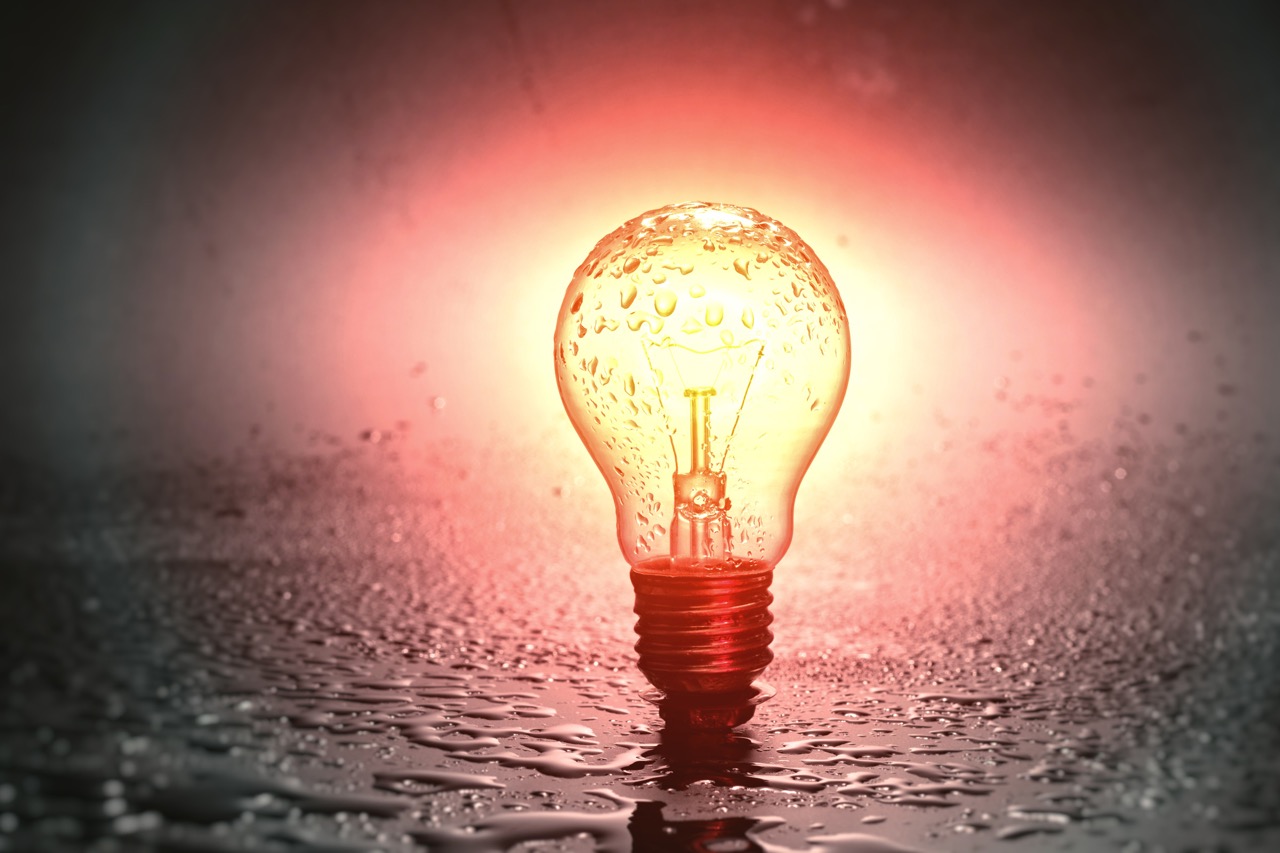
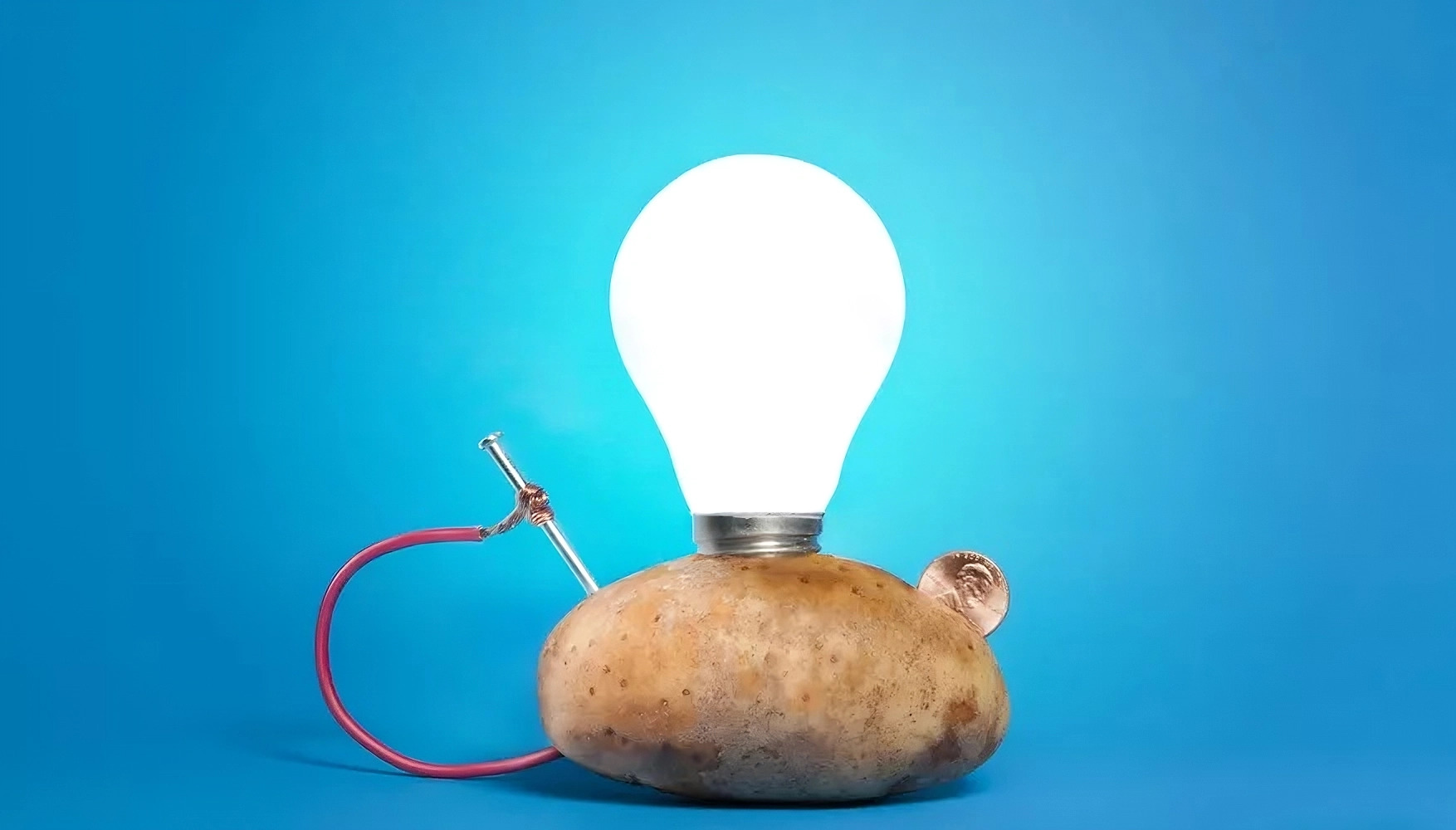
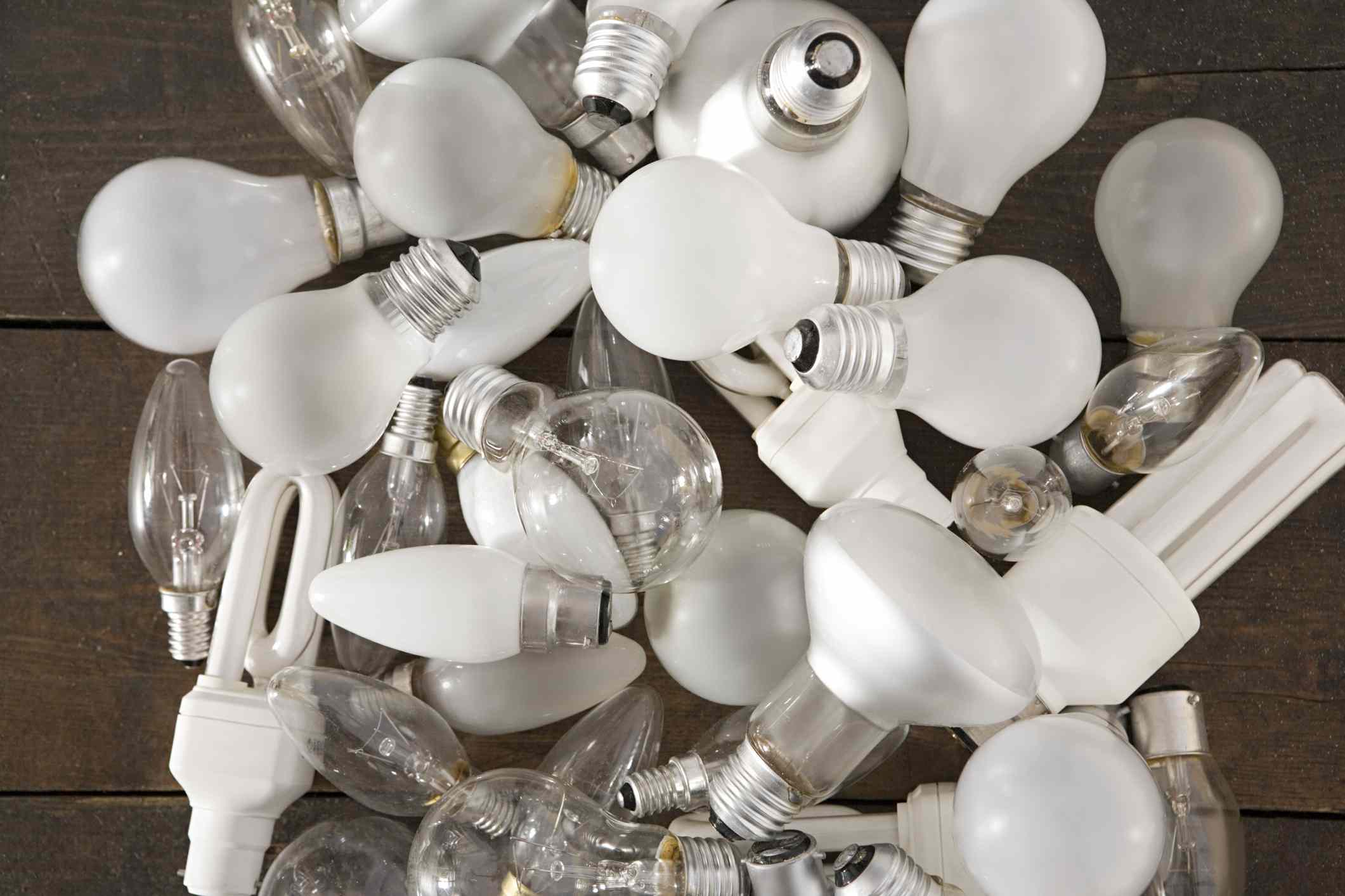
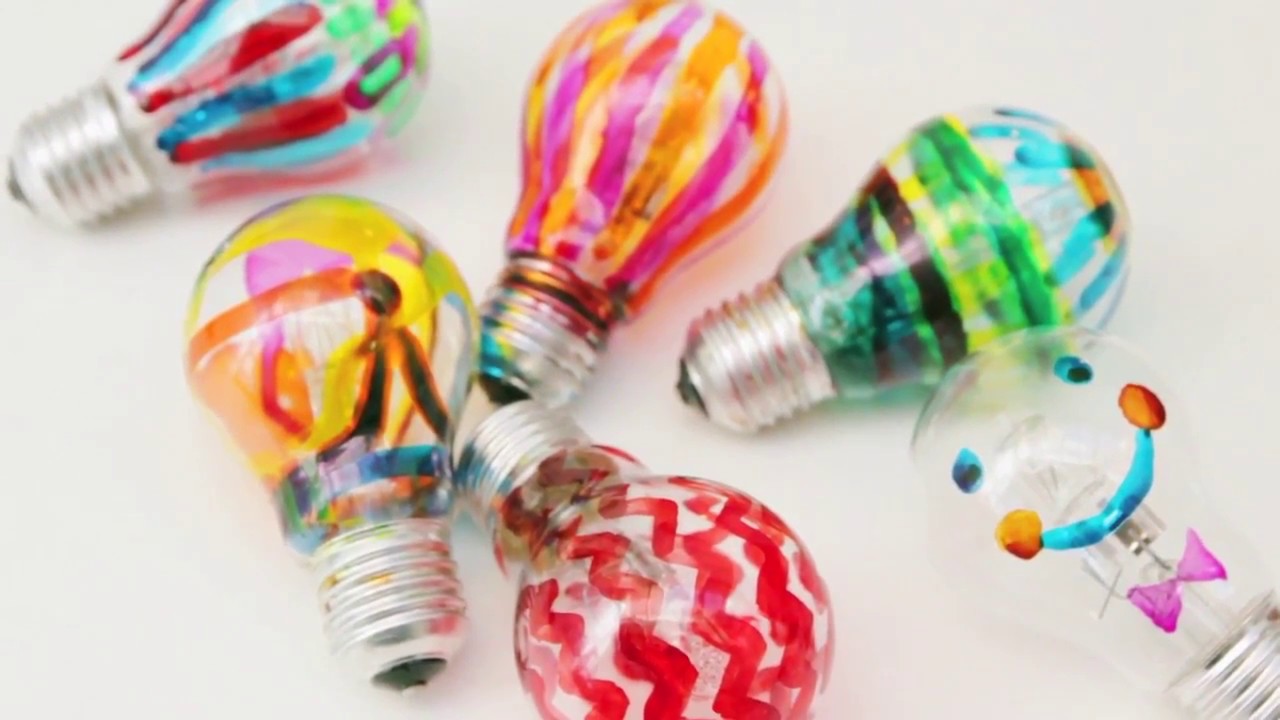
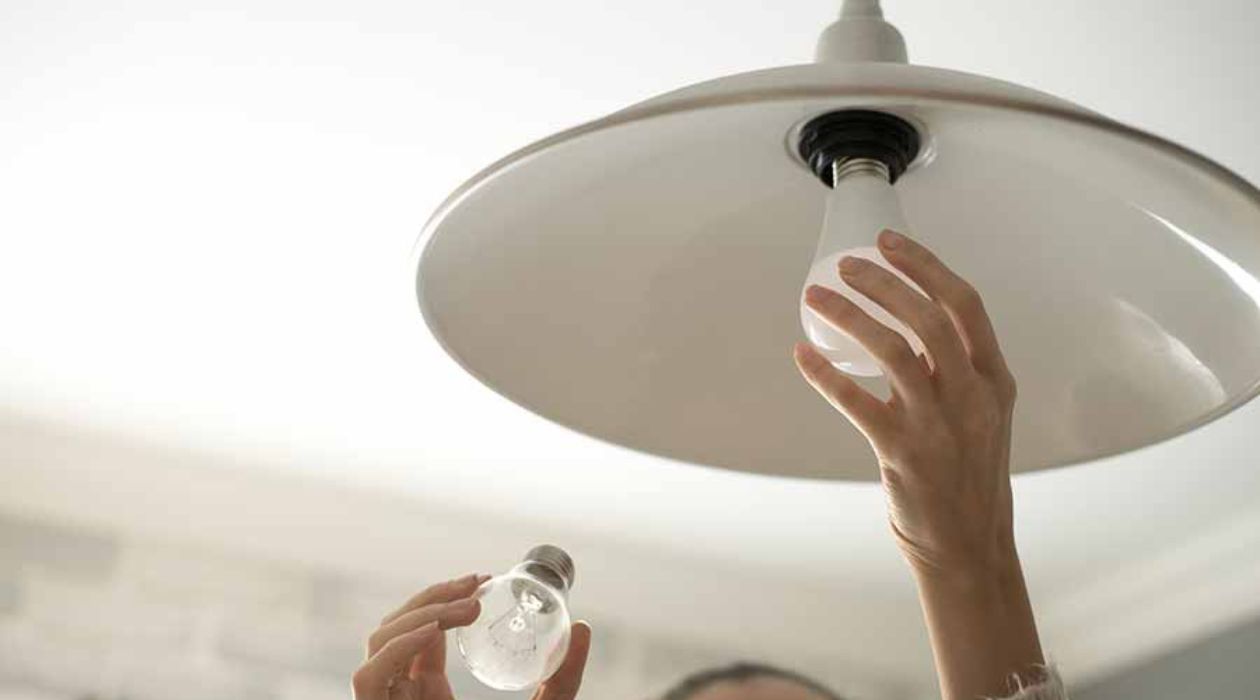
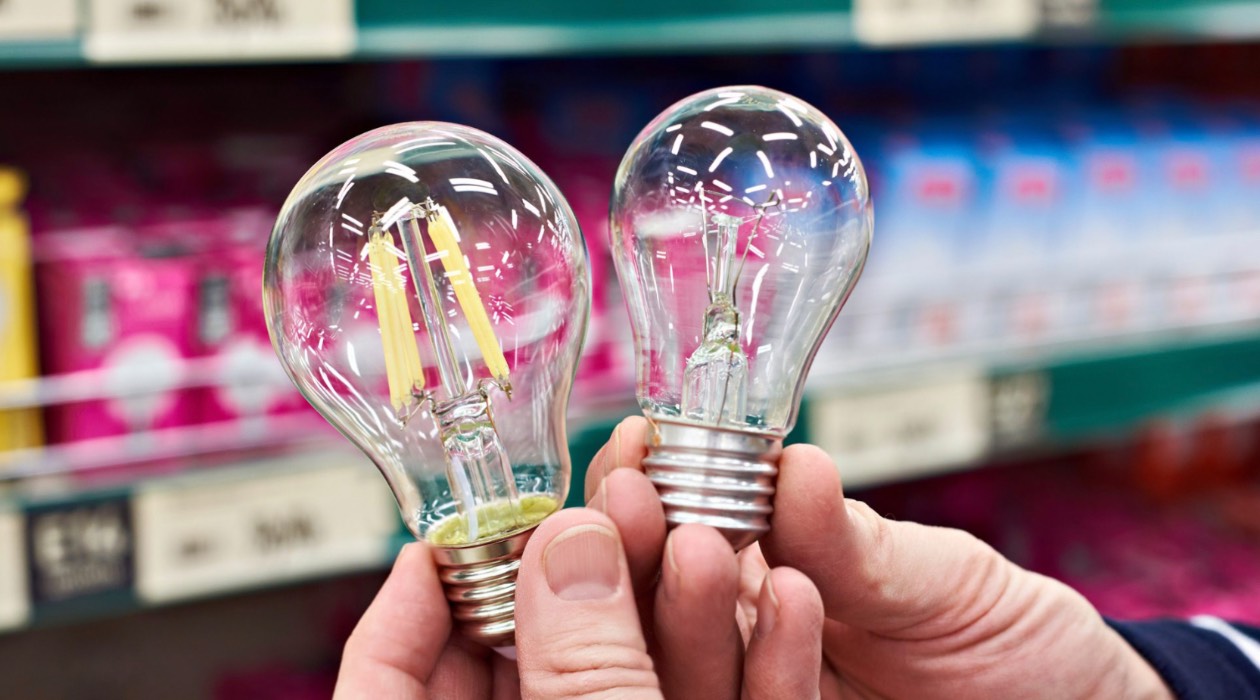

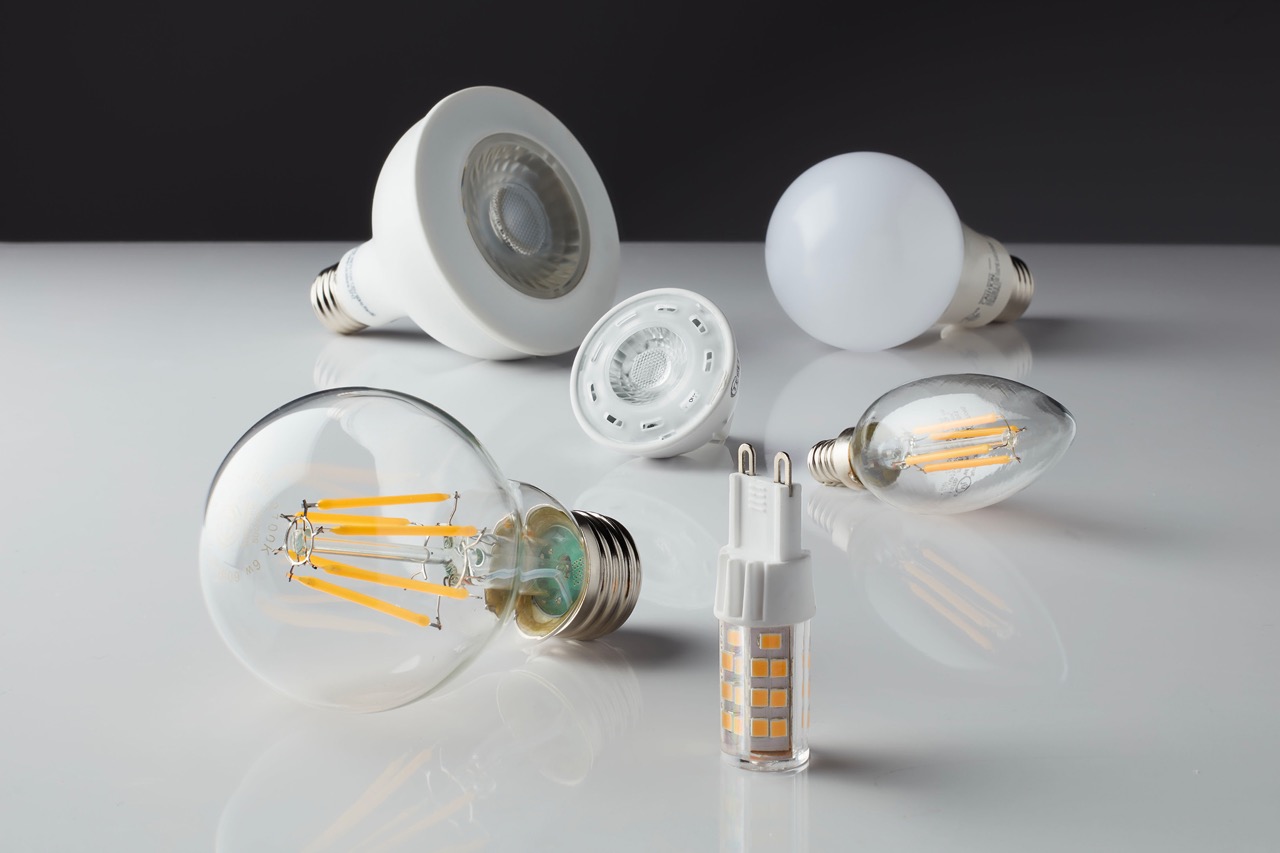
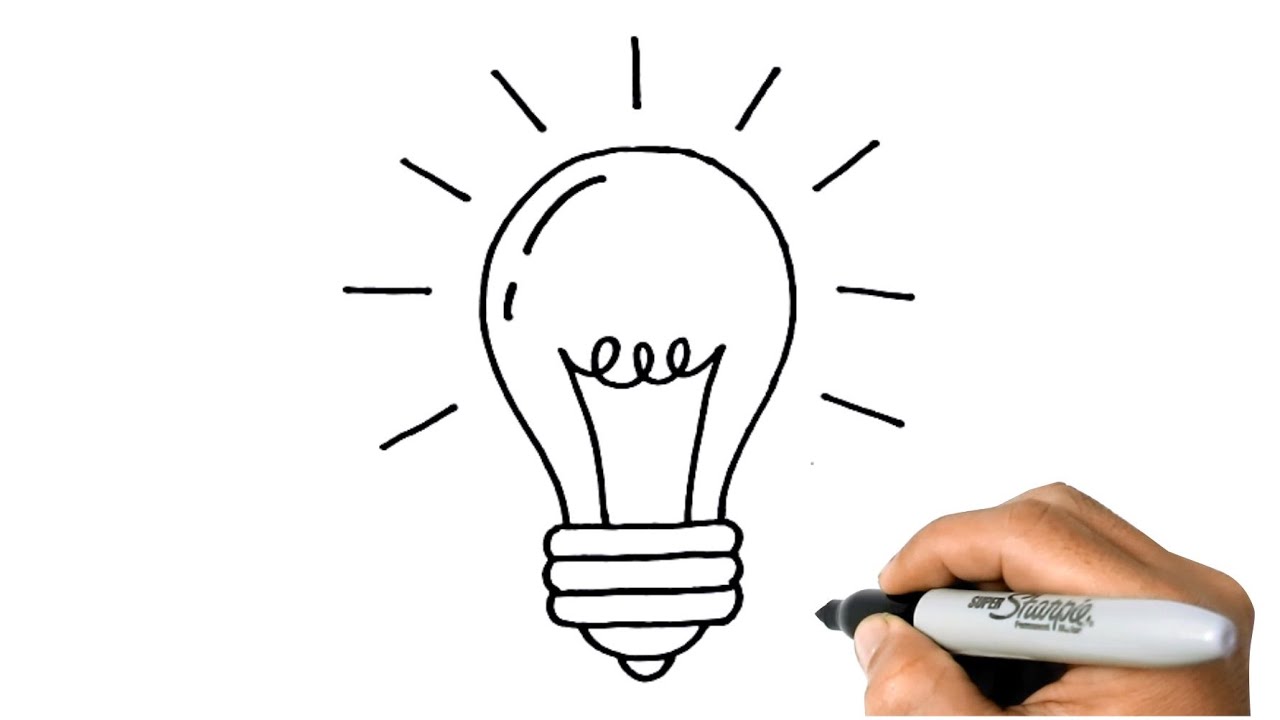
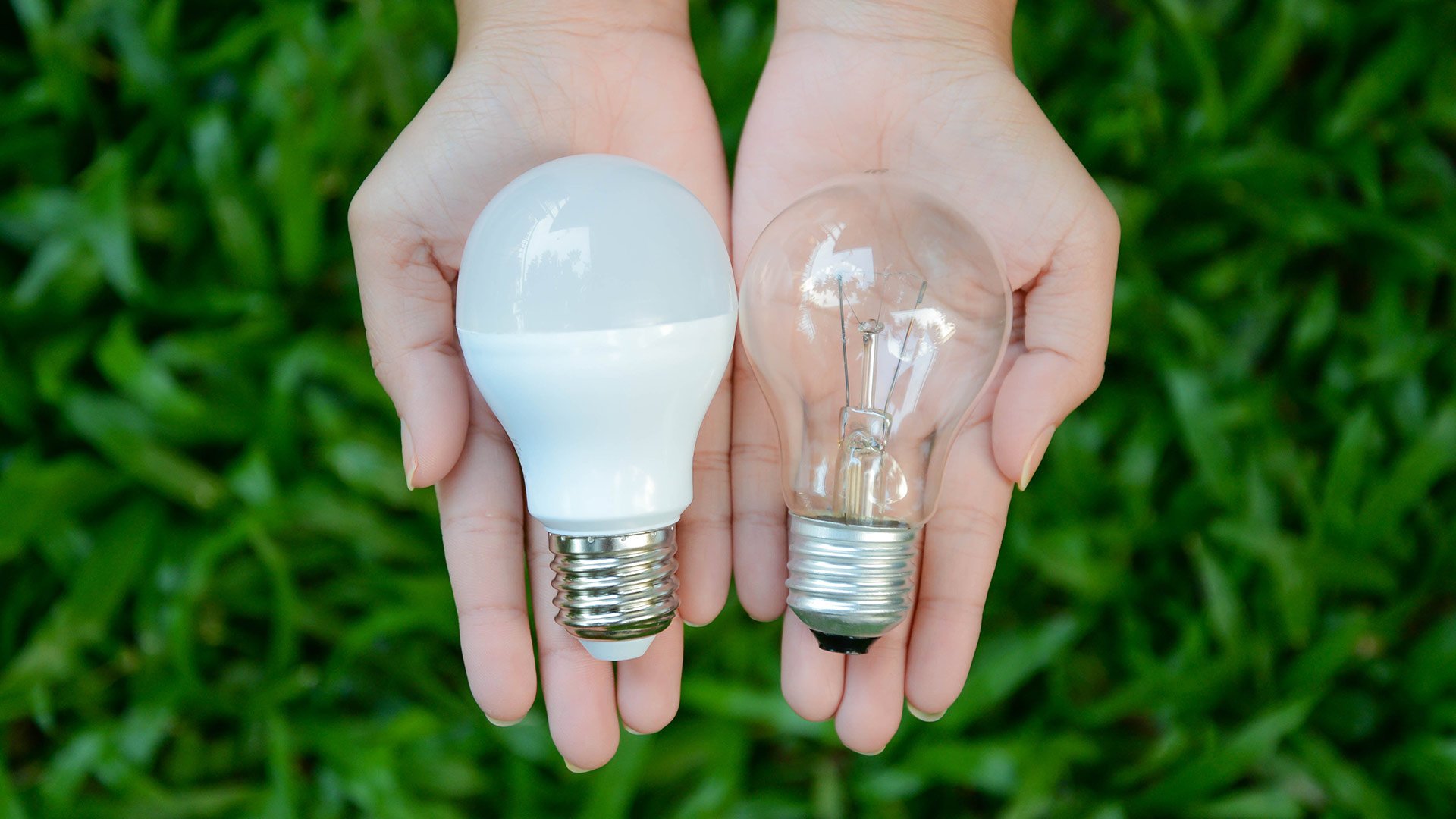
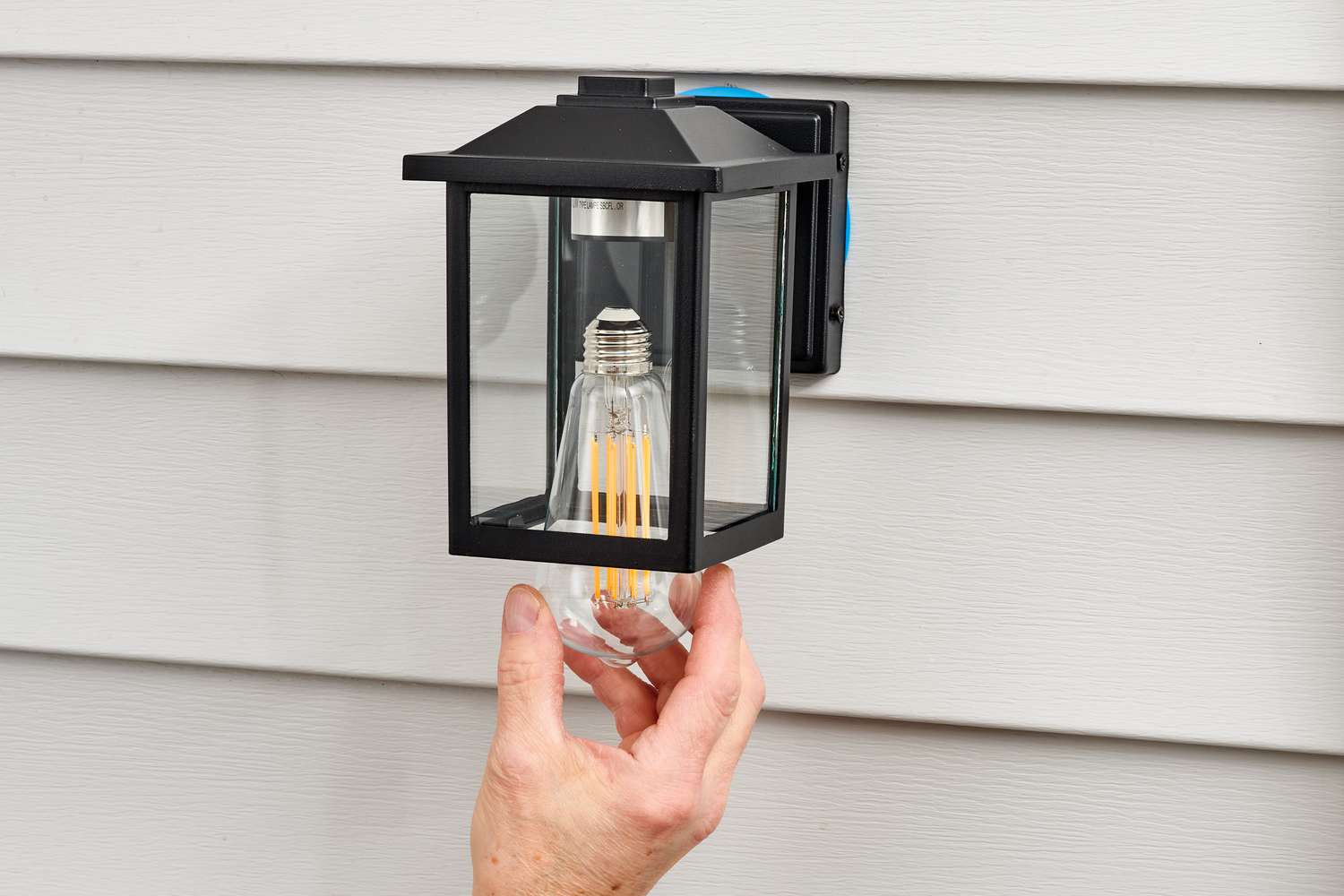
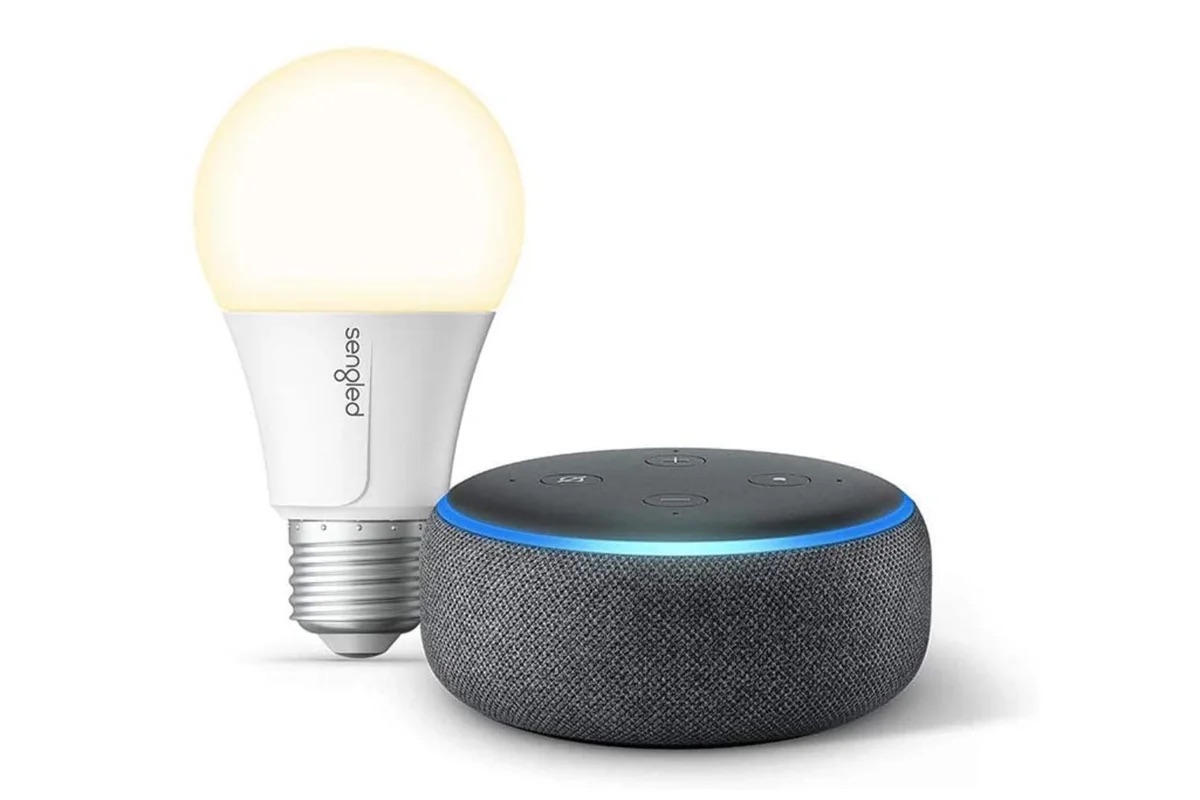



0 thoughts on “How Long Will A Magnet Power A Light Bulb”